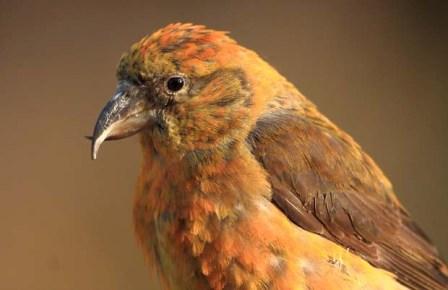Right tools for the job
Different birds have different beaks which will be best suited to deal with the food they eat. This means that these species will have the right tools for the job, feeding in the most efficient way possible and reducing competition. Birds that feed on a variety of foods have a general purpose beak, such as the thrush which has a straight medium length beak for eating a varied diet of invertebrates and berries. Fiches usually have thick curved beaks for seed eating while those that feed on insects such as robins or tits have a thin pointed beak. Tree creepers have curved pointed beaks which are perfect for picking insects from under the bark of tree trunks. Birds belonging to the crow family have large powerful beaks which are slightly curved for an omnivorous diet, but also aid the bird when feeding on carrion.

Predatory birds have sharp, hooked beaks for tearing meat from a larger prey item, while kills such small mammals or even insects are simply swallowed whole. The result of this can be seen in the tiny bones contained in owl pellets. Some aquatic birds such as ducks have wide flat bills for foraging on the bottom of rivers, and filtering food from the water or mud through tiny plates called lamellae. Other aquatic birds which have serrated beaks for catching fish such as the bill of the goosander which catches fish underwater, or the long beaks of herons for hunting fish from above the surface. Crossbills have a very distinctive beak which enables them to pull pine seeds out of pine cones. In folklore the crossbill is said to have got its beak when it attempted to remove the nails from Jesus’ hands and feet as he was crucified on the cross.
Bye for now!
Alex Kekewich – Assistant Ranger at Falls of Clyde
Help protect Scotland’s wildlife
Our work to save Scotland’s wildlife is made possible thanks to the generosity of our members and supporters.
Join today from just £3 a month to help protect the species you love.
Preface
Different birds have different beaks which will be best suited to deal with the food they eat. This means that these species will have the right tools for the job, …
